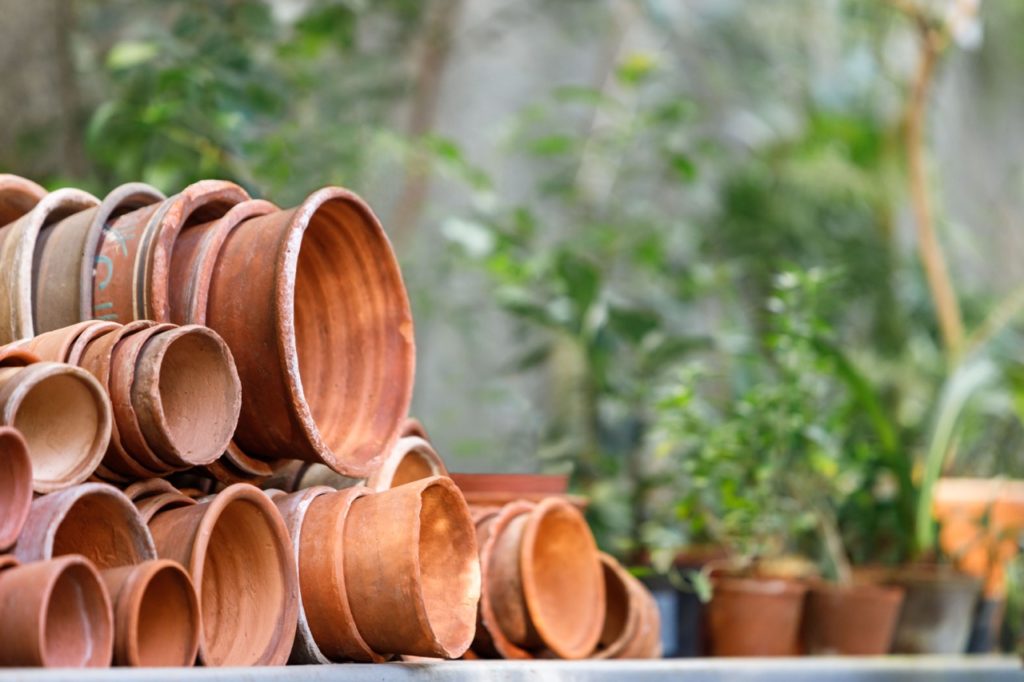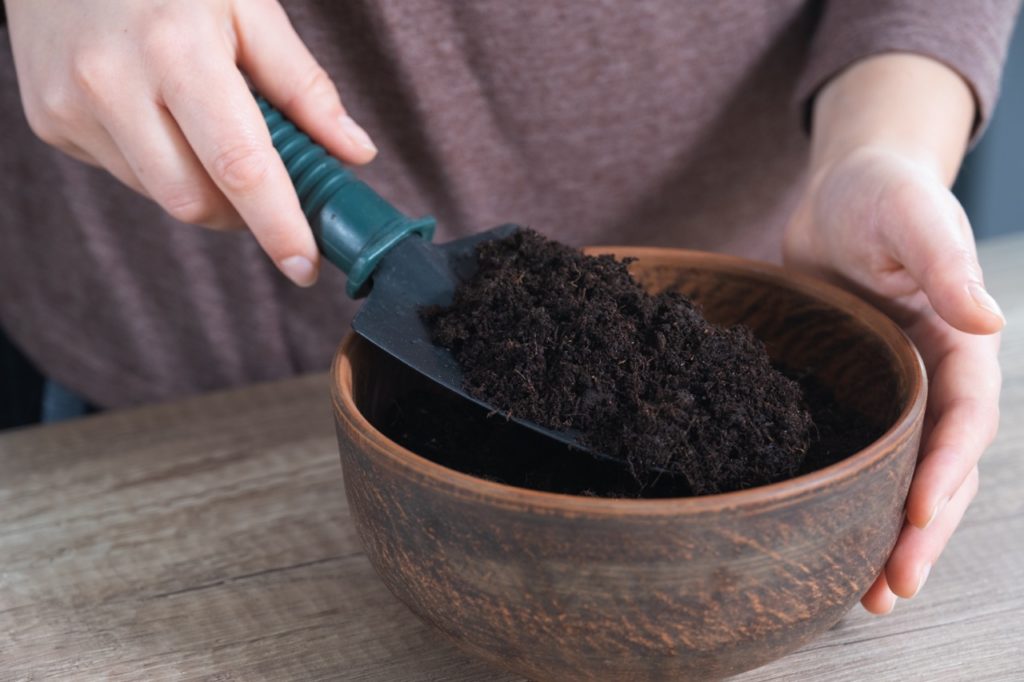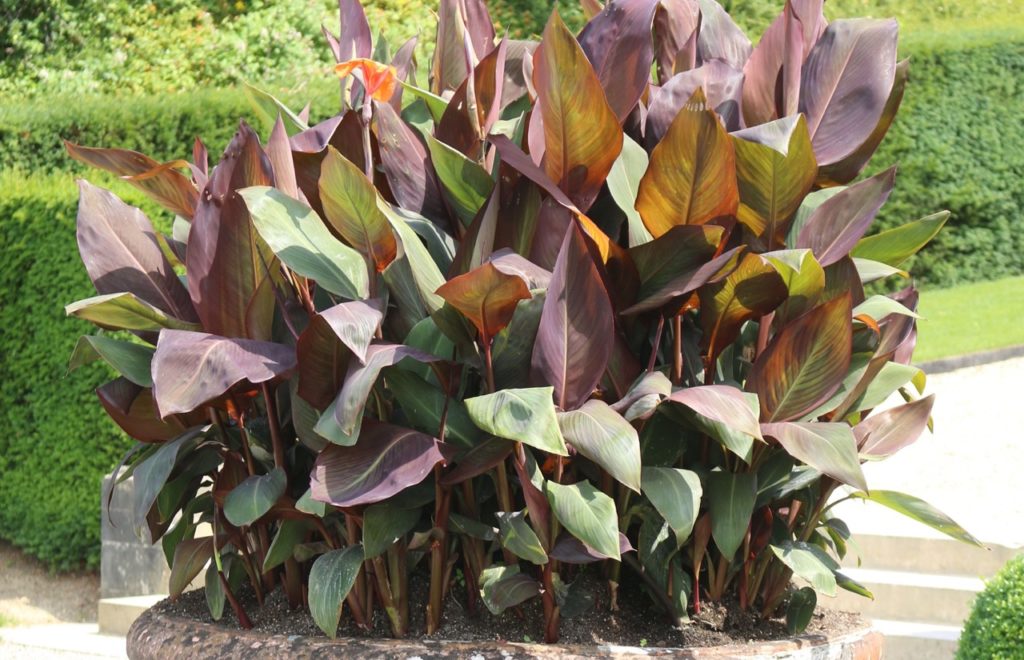Cannas Work Well In Pots – You Can Move Indoors To Protect The Rhizome In Cold Periods

PERENNIALS > CANNA > CONTAINERS
Reviewed By DAN ORI

Dan has over 27 years’ under his belt caring for plants and gardens. Working as a Horticultural Instructor and Consultant, he draws on a diverse range of experience that includes working as a Head Gardener, Tree Surgeon, Garden Centre Trouble Shooter, and writer of academic papers. Dan has a Level 3 Diploma in Horticulture and is currently a candidate for the RHS’s most prestigious award – The Master of Horticulture.
Contributions From EMILY CUPIT

Emily is a Gardening Writer, Photographer and Videographer from Derbyshire, UK. She is the Founder of Emily's Green Diary - a community of more than 75,000 people who share in her gardening journey.
IN THIS GUIDE
CANNA GUIDES
Container Growing
Division
Growing From Seed
Overwintering
Pruning
Cannas display a profusion of fan-shaped leaves that are usually in rich tones of green but many varieties feature dramatic foliage in red and bronze shades – with some even flaunting variegated striped leaves.
They are irregularly shaped and have wavy, ruffled petals.
For the most part, they are seen in warm, vibrant tones but elegant whites and soft yellows are also available.
These plants usually grow to 1-1.5m in height but can be taller if the right conditions are provided.
Can You Grow Canna Lily In Pots?
Yes you can!

In fact, if you are located in a region with a hardiness of H4 (most of the UK) or colder, then it will probably be to your advantage to do so.
That’s because canna rhizomes must be overwintered indoors in cold parts of the country, and a pot can simply be moved as-is indoors.
Here is a canna I grew from seed and placed on the windowsill of my bedroom at home:

Living in Leeds, I found it highly advantageous to be able to move this to suitable climes during summer and then winter, though it needed regular watering – especially in such a small pot.
It has flourished in a north-facing windowsill of my home in the colder months of the year – and grew much faster when placed outside in the summer months.
I will transplant this into a much larger pot next year and expect it to flower for the first time.
Choosing Growing Pots
Cannas require large containers as they are big plants – they grow to at least 1m and 2m tall varieties are not uncommon.
Though small pots are perfectly suitable for the relatively unusual dwarf cannas, you will need 30-40L pots for full-size canna varieties.

Besides size, the container has to be sturdy enough to accommodate the necessary amount of soil and the size and weight of the plant.
It must also be strong, so sturdy plastic or ceramic pots are better choices.
Whichever type of container you choose, it must have drainage holes of sufficient size and number because very good drainage is required.
Potting Compost For Canna
Cannas require well-draining, loose soil that is rich and fertile with little clay and that retains moisture.
A mixed loam amended with grit, perlite, or both, and with ample organic compost or even some well-rotted manure, will be perfect for these plants.

Although these plants tolerate many kinds of soils, blooming will be affected in less fertile soils.
Further amending the soil with vermiculite or laying a thin layer of mulch on the surface will retain moisture, which is especially important for outdoor potted Cannas in the summertime.
A slightly acidic soil pH is ideal, but not essential.
Planting Canna In Pots
Canna rhizomes should be planted when the soil temperature is 10°C or higher.
Late spring to early summer will work fine in most regions of the UK.
As a rule of thumb, rhizomes should be planted about twice as deep as the rhizome is wide, which usually means a depth of 6-10cm.
They should be planted horizontally with the eyes upward.

If the rhizome has any roots, you know which is the downward side.
Cannas are sun-lovers by nature, so full sun is just about mandatory for these plants.
Initially, water sparingly just so that the soil becomes moist.
Continue doing so until the rhizome sends up stalks and leaves, increasing the amount of water thereafter.
As the plant matures, water it generously so that the soil stays moist throughout.
How Many Cannas Per Pot?
You should plant Cannas one to an appropriately-sized container.
They are big plants and also grow very quickly, so they need room to develop their root system.

However, you could plant several cannas in a large planter, but they will need to be spaced according to their respective heights and spreads.
Most Canna varieties should be spaced by 40-50cm.
Potted Canna Care
These tropical plants prefer moist soil and soil in containers dries out quicker than that of a bed, so special attention should be paid to watering, especially in hot weather.
The soil should not be allowed to dry out and stay dry as moist soil is preferred.
Fertilise these plants with a granular controlled-release fertiliser in mid-spring or with a ready-to-pour liquid fertiliser once a month before and during the flowering season.
Choose a high-potassium formulation.

Canna rhizomes multiply and periodic division is even more important for container-grown plants than those growing in the ground.
If rhizomes are allowed to keep multiplying, they will choke one another and compete for the limited nutrients in container soil, and, as a result, plant health and blooming will adversely be affected.
In most regions of the UK, cannas need winter protection.
If grown in a container, they can be moved indoors into a warmer location over the winter months.

